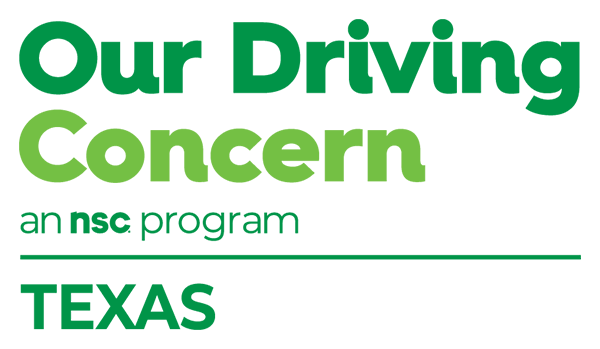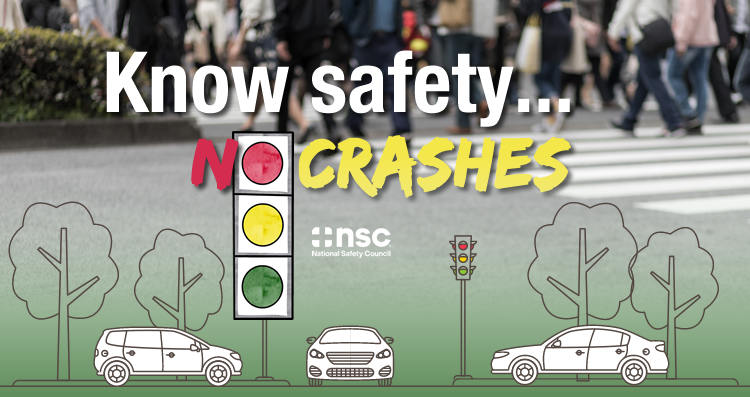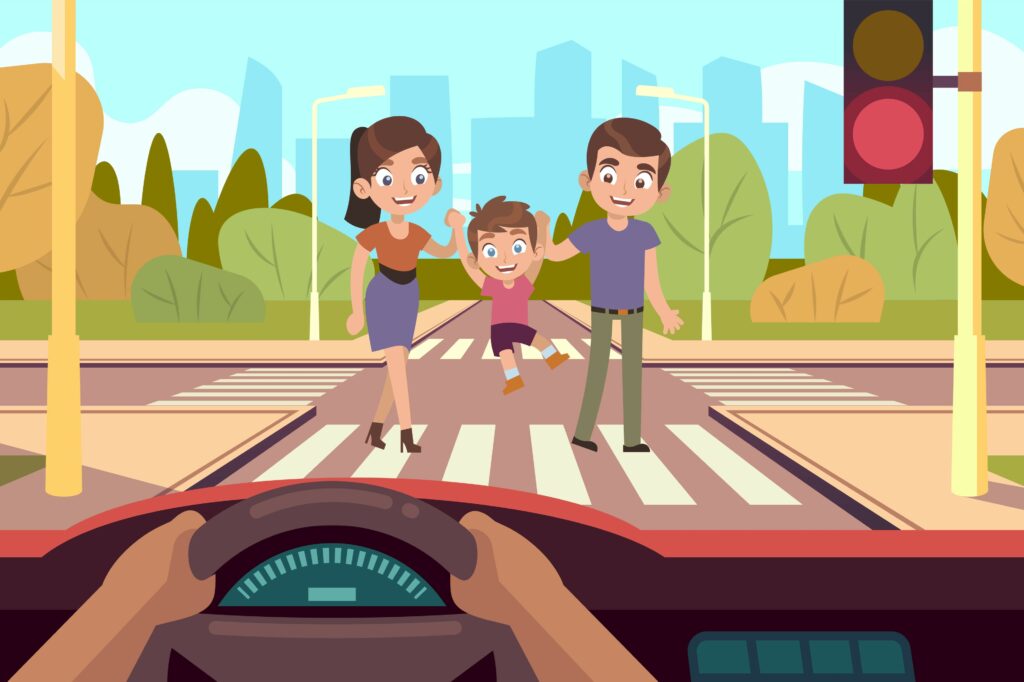
In Victoria, a city located 30 miles inland from the Gulf of Mexico and about two hours southwest of Houston, officials have worked to improve safety for pedestrians and all vulnerable road users. I know this because I read an article in the local newspaper about a $1 million crosswalk and traffic light project.
Some residents have been tempted to prioritize convenience over safety, accepting citations or risking their life by jaywalking as the cost of that convenience.
Others continue to cross outside the crosswalk because of habit and because they’ve never been hurt.
After reading the piece, I was reminded that most of behavior is habitual and that behaviors become automatic when repeated. Example: Behavior change is hard because our brains get stuck in fixed patterns. Learning new things and committing them to habit is one of the best ways to break from old patterns of undesirable behavior.
When it comes to pedestrians, we can help you shape new safe behaviors. We have free resources on our website:
- Encourage everyone at your location to take this pedestrian safety quiz
- Download, print and display a set of four pedestrian safety posters
- Get safety huddles, safety coach cards and infographics to aid in teaching
- Watch: Parking Lots, Hot Cars and Distraction
Of course, change doesn’t come with the snap of your fingers. A former colleague was fond of pointing to behavior research. People need to see (or hear) a message 7-9 times before it sinks in, she would say. People learn and remember through repetition.
So, in time, I suspect more residents will use the new crosswalk in Victoria as it becomes their norm. I applaud city officials for prioritizing safety.
All it takes is a moment to change the course of someone’s life. Think about that the next time you are presented with a choice of where to cross the street – or whether to stop your vehicle for someone crossing the street.
– Mike Ezzell is a trainer with the National Safety Council


